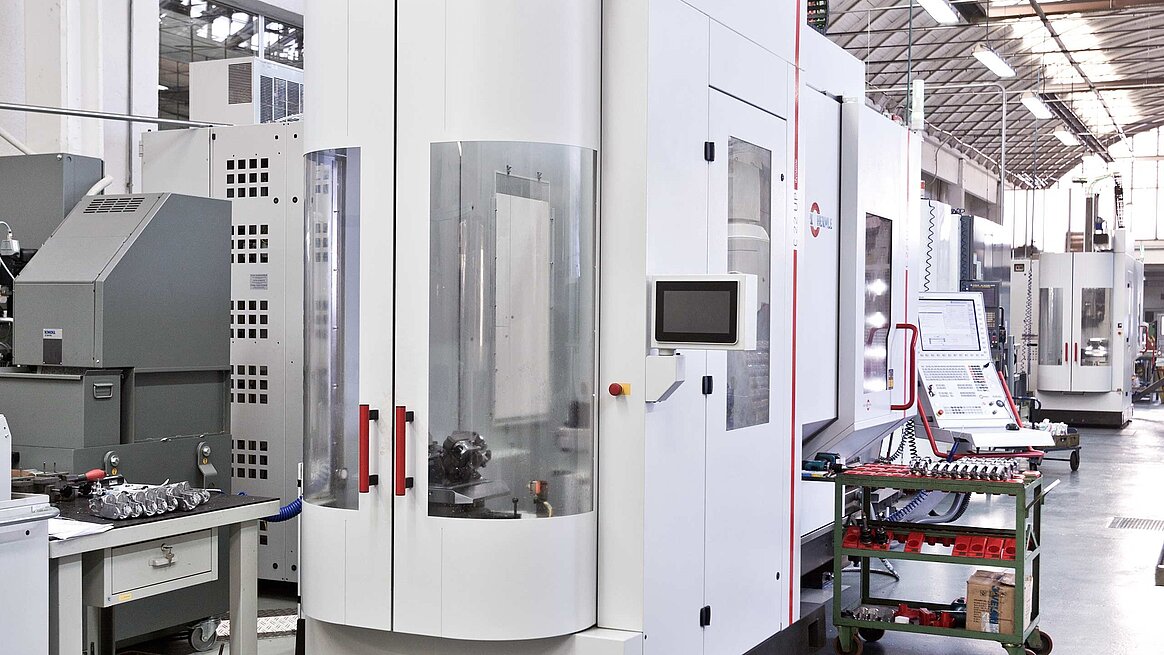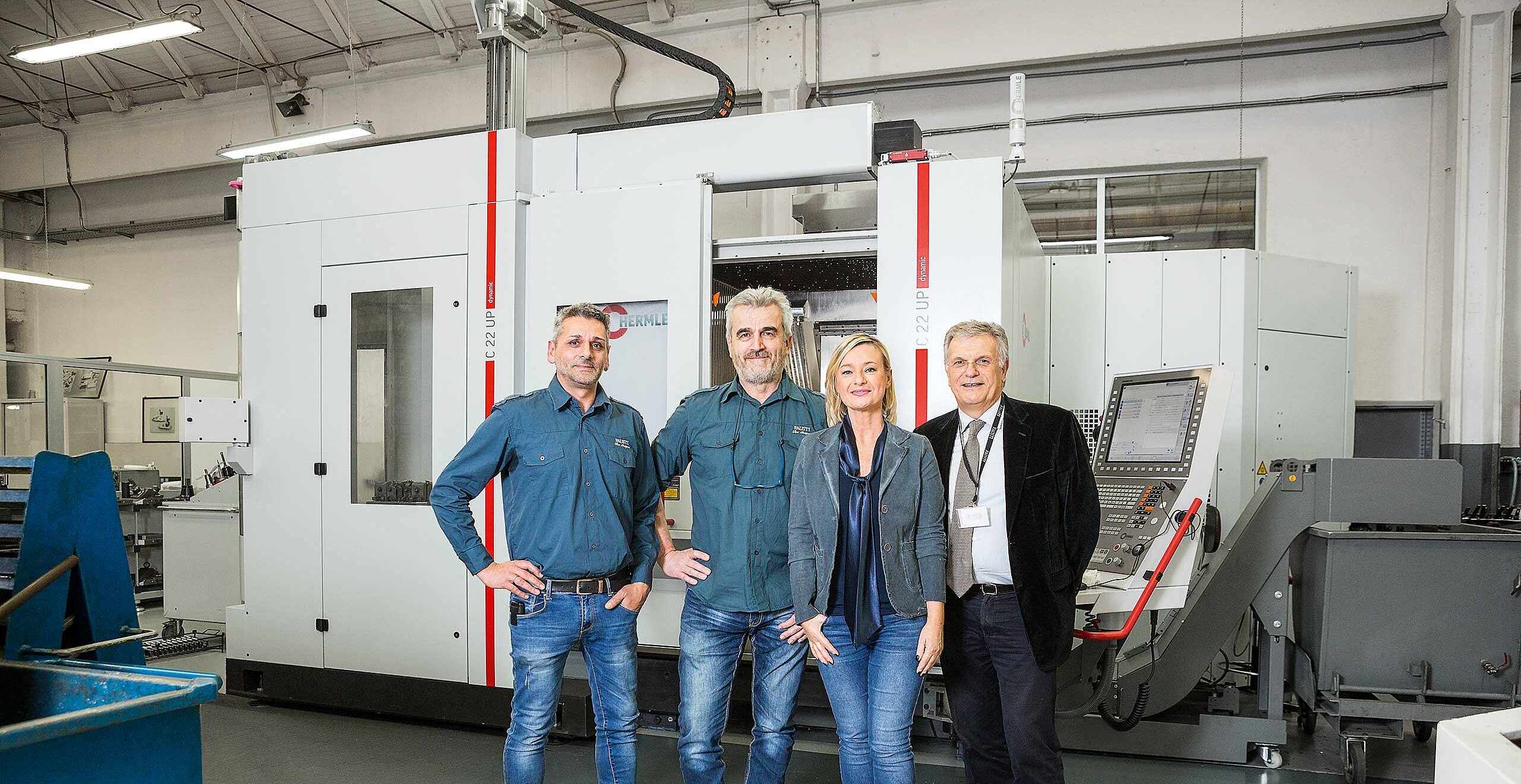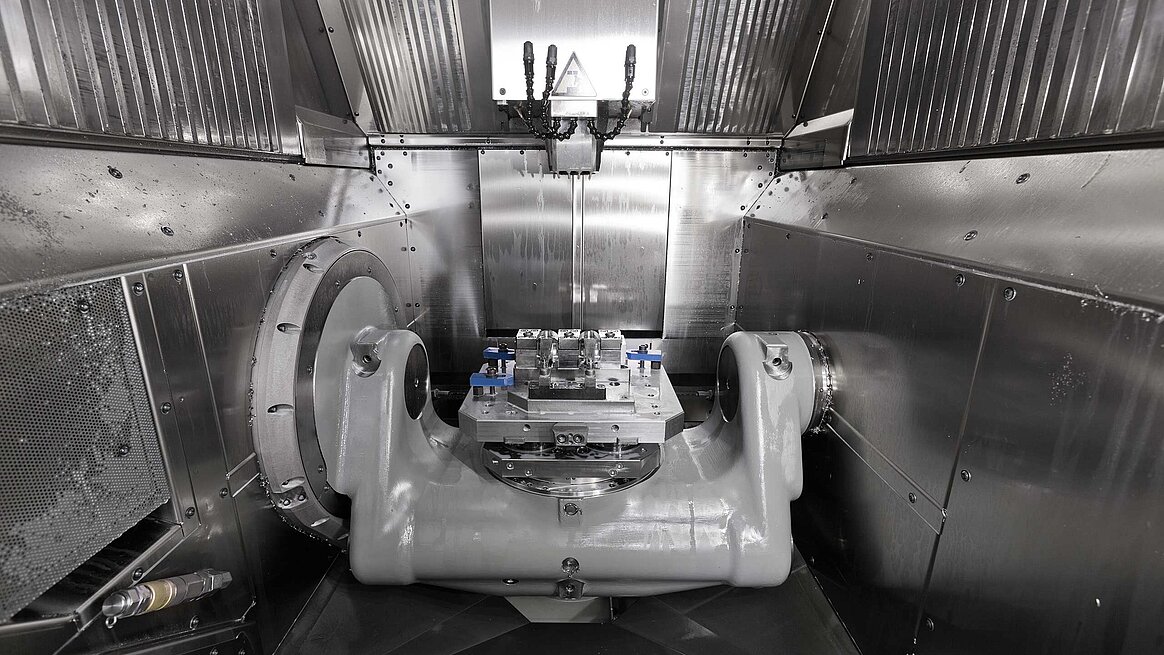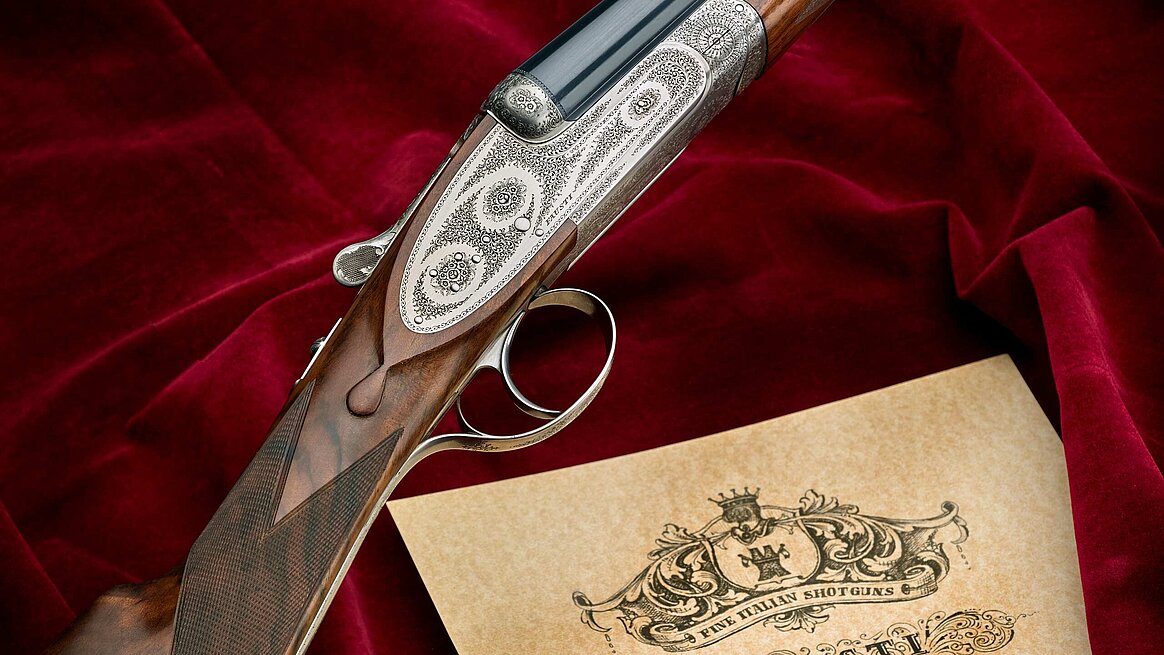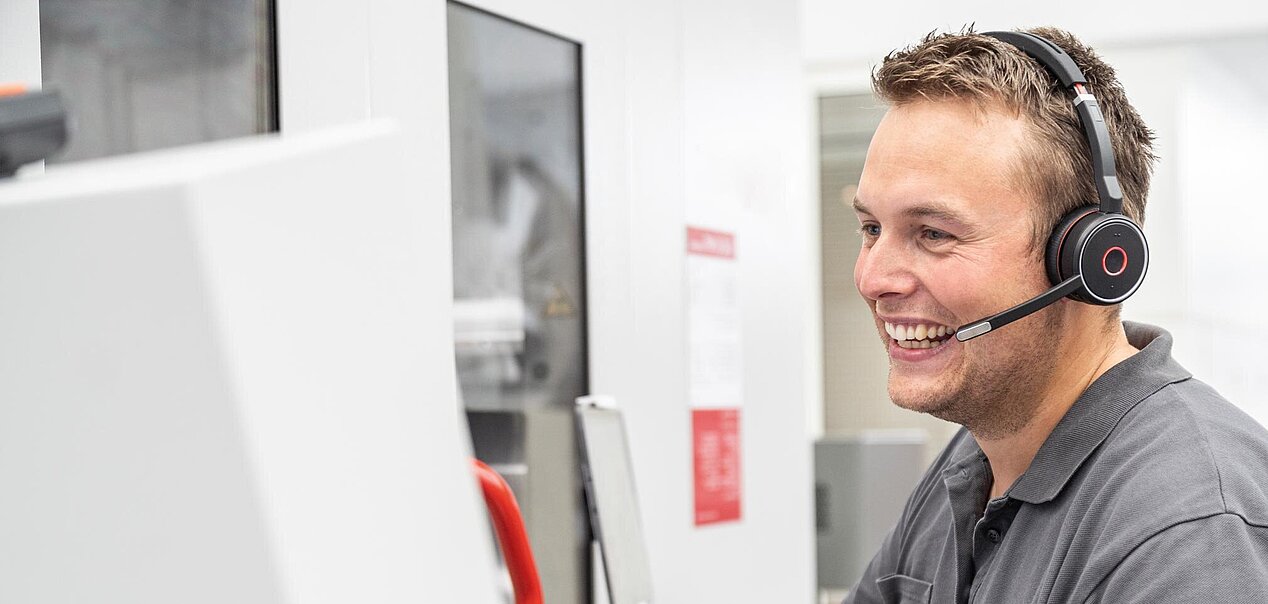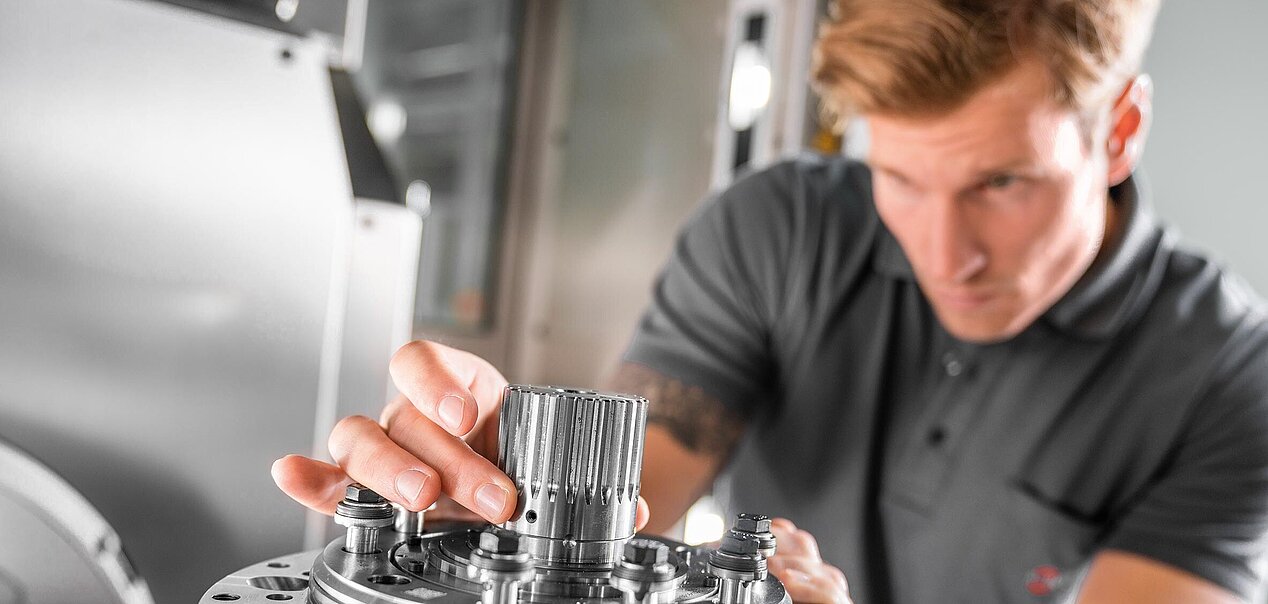C 22 U PW 150 | FAUSTI | Hunting weapons
The founder of many a company has found the process of handing over the business to the next generation after a lifetime of hard work difficult. There can be many reasons for this, and some are certainly understandable. The fact remains, however, that the process can be critical for the survival – or failure – of the business. As far as the typical medium-sized Fausti company is concerned, the consistent way in which founder Stefano Fausti managed the handover to his daughters Giovanna, Barbara and Elena is a particularly positive example. Not only did it succeed extremely well, but it allowed the company to grow into completely new dimensions. But to start from the beginning: With many years of training and working on the manufacture of hunting weapons and the passion of an enthusiastic huntsman, Stefano Fausti decided to set up a small workshop in 1948 with the aim of developing and manufacturing weapons himself. Fausti built up an excellent reputation based on the new and further development of single and double-barrelled shotguns and the high standards of quality required. The reputation spread first within Italy and then further afield. Stefano Fausti managed to pass on his hunting genes to his three daughters, who share his passion both for hunting and for the technology of hunting weaponry, and wisely included them in the business operations of the company. With a good instinct for the right timing, the head of the family decided that the sceptre should be placed in younger hands at an early stage, and since then he has been a benevolent guide to his three daughters in all aspects of the company’s further development.
From a craftsman’s shop to industrial, high-quality manufacturing
The rest of the story can be told quickly. The daughters Giovanna (Marketing, USA Sales), Barbara (Italy and Europe Sales) and Elena (Purchasing , Supply) not only opened up new markets such as the USA and Eastern Europe, but also managed to match up further development and innovations with the requirements of selected target groups. Today, the range of single and double-barrelled hunting guns includes both standard products as well as – and especially – items configured exactly to specific customer requirements. There are now 40 employees who together manufacture around 5000 hunting weapons annually. Fausti has definitely moved on from the ‘workshop’ level, and is now an industrial manufacturer who nevertheless succeeds in combining the attributes of design, technology, craftsmanship, production efficiency, quality and attention to detail. This can be seen, amongst other things, in the way the manufacturing of mechanical components has changed. These days, the high levels of quality are secured through the use of CNC production equipment and corresponding quality assurance technology. Giovanna Fausti’s comment on this: “As our order books got fatter and fatter, we were faced with the prospect of entering the world of industrial manufacturing and investing in correspondingly high-performance machine tools. We went for the best in order to make sure of being able to maintain the required high quality of our products and still remain cost-efficient with small-batch runs. In the late nineties, that meant Hermle machining centres and industrial CNC manufacturing. Previously, we had already used high-quality milling and drilling machines from other suppliers. But we were persuaded to change by Hermle’s performance ratings, the control and operating concept, the high degree of precision, and not least by the company’s well known and high standards of service.
From stepwise CNC processing to 5-axis / 5 side CNC full processing
The Hermle era began with a C 600 U, which was followed in 2005 by a C 40 U five-axis, high-performance machining centre, and then in 2014 by a type C 22 U five-axis machining centre with the PW 150 pallet storage and changing system, and an identical system in 2015. These last two machining centres with automatic workpiece deployment are another indication as to how important the current international business has become – with an export share of 90%, it is thirsting for more production capacity. In addition, the highly developed 5-axis technology opens up the way to new machining strategies that ensure long-term efficiency and quality in the manufacture of components such as lock casings, locks, double locks etc., most of which are part of patented weapon systems. Giovanna Fausti explains: “Previously, we used forged blanks for many components. These had to be machined successively in separate stages on different machines. Frequent re-clamping often led to accumulated inaccuracies, and of course that had negative effects on the quality, productivity and compatibility. Now, with the aid of 5-axis machining, we can set up sawn blanks made of high-quality special round material and work them completely with optimal precision and reproducible quality, all with just one clamping operation.” The two new C 22 U machining centres are practically identical (e.g. with an 18000 RPM tool spindle, an HSK-A63 tool holding fixture, an NC swivelling rotary table with a diameter of 320 mm, touch probes and tool breakage monitoring, a Heidenhain iTNC 530 HSCI control unit, a ZM 43 additional magazine with 43 additional pockets, an ICS system with 80 bar cooling liquid pressure and a zero point pallet clamping system), and both have a PW 150 pallet storage and changing system. They are used in operator mode during the day, then comes a semi-manned mode, and then at night and at weekends they operate in unmanned mode.
